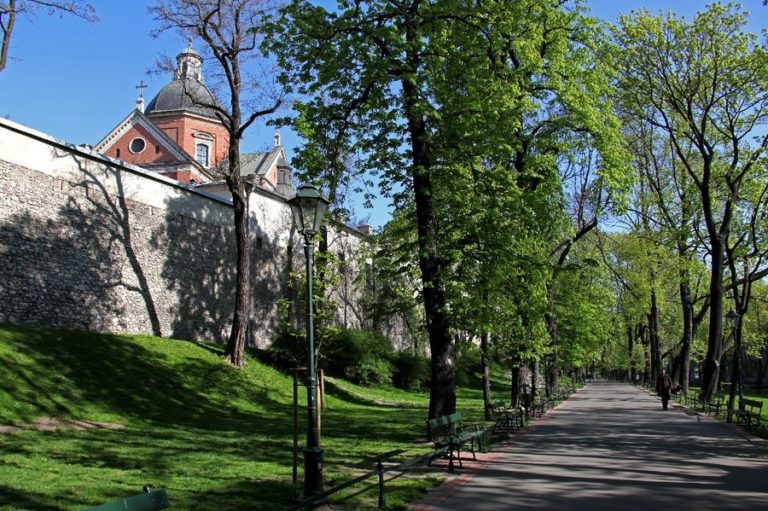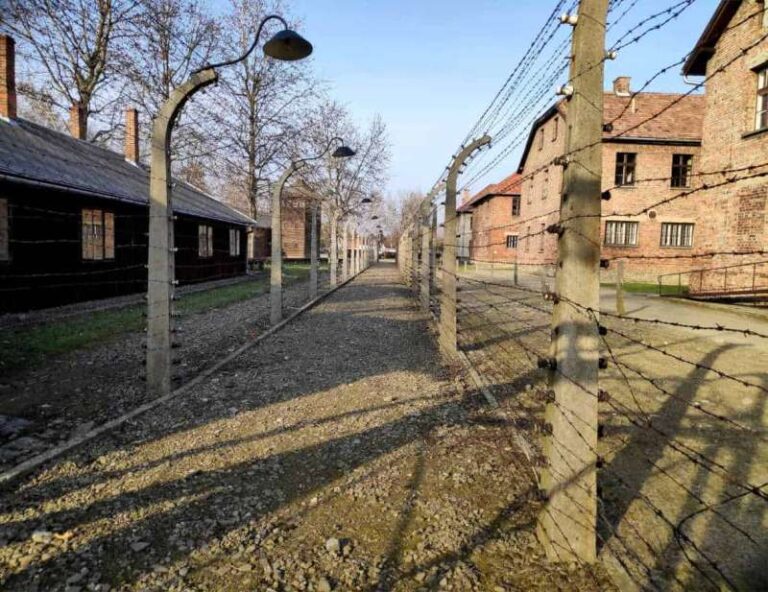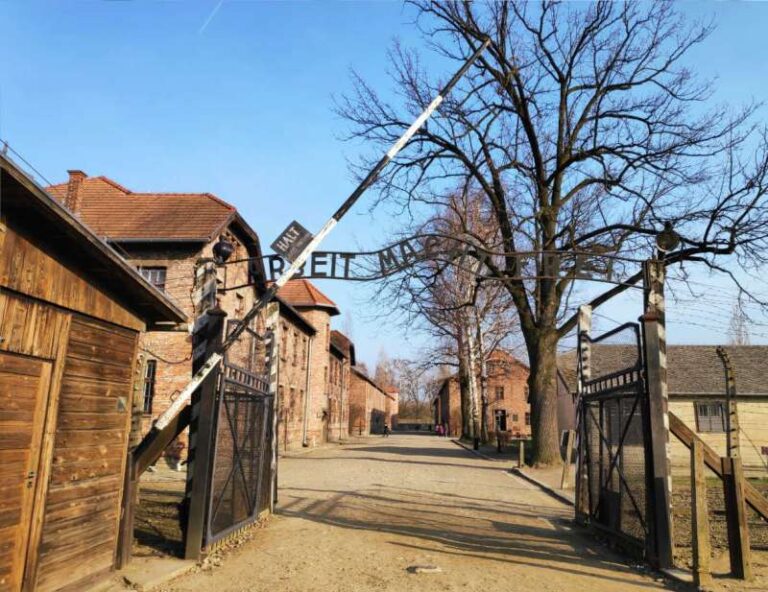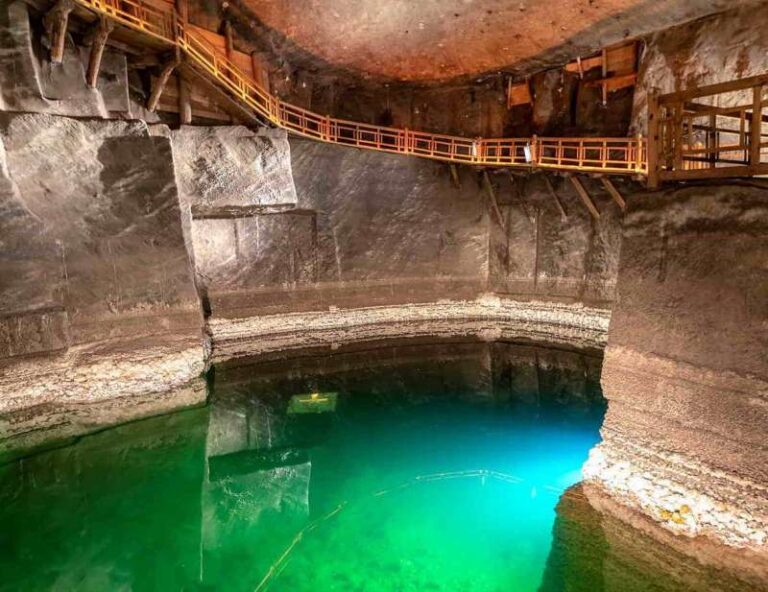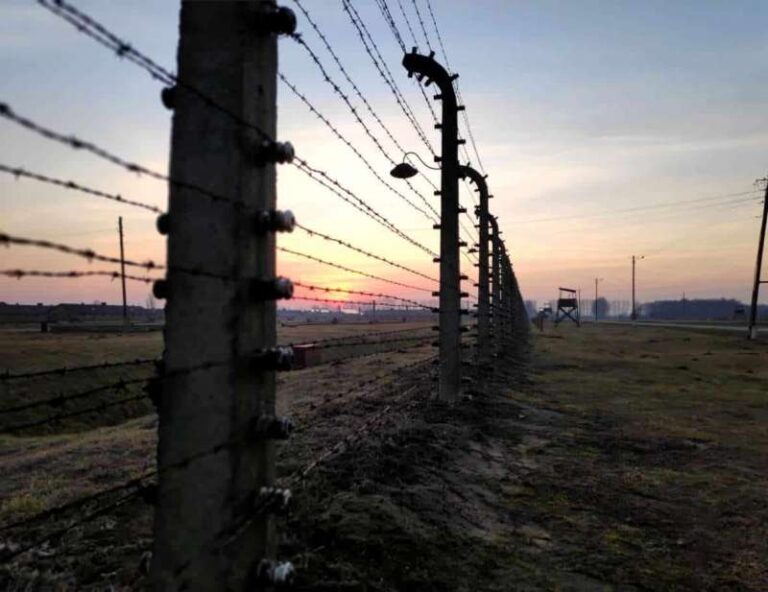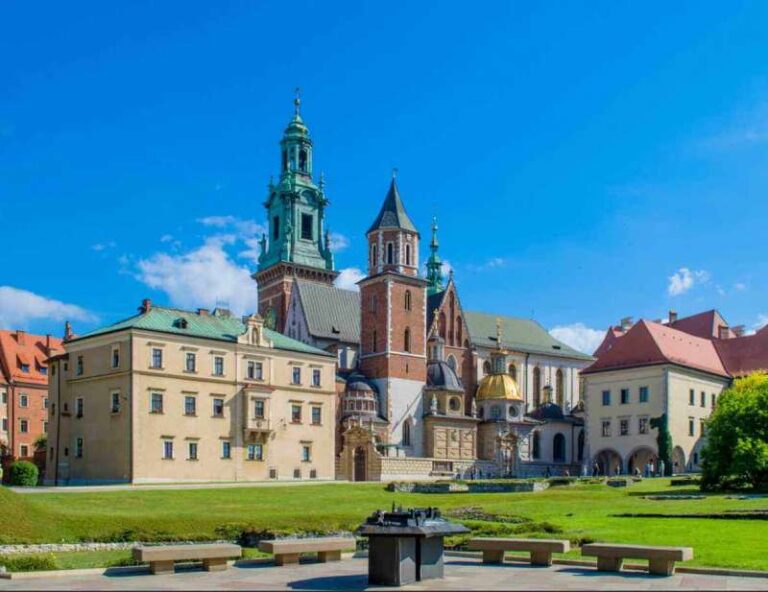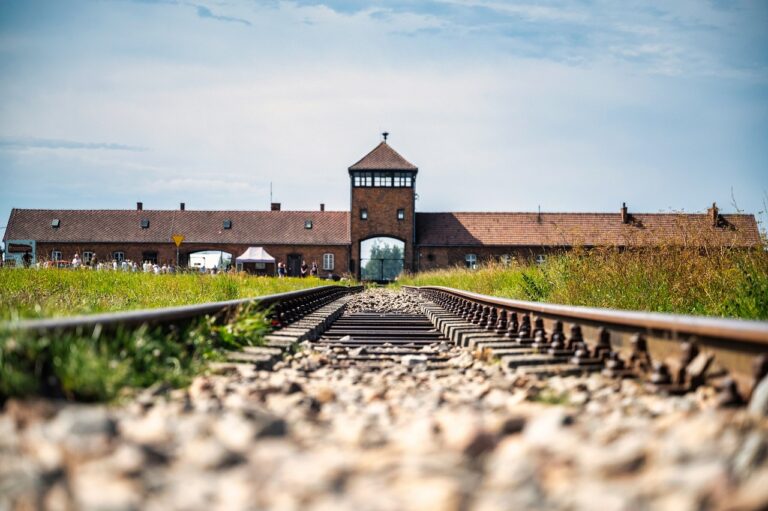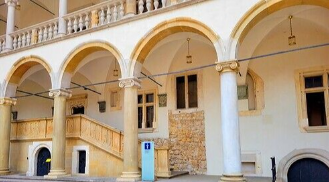Krakow is not only old monuments and museums. There you will also find plenty of places dominated by greenery and you can take a break from the hustle and bustle of the city. Do you want to know more?
Follow me!
Mounds in Krakow
There are several mounds in Krakow that distinguish this city from others. Some of them are very old, others a bit younger. Each of them is related to the city itself or to figures that are undoubtedly important to Poles. The most popular mounds are: Krak’s Mound – one of the oldest in Krakow.




The exact date of it’s creation and it’s creators are unknown, but scientists have their theories. The mound is associated with the figure of Krak – the legendary founder of the city, who, according to custom, was buried there. Another popular mound in Krakow is the Independence Mound or otherwise known as the Piłsudski Mound. It is the highest of all mounds. After the death of Marshal Józef Piłsudski (who is an important figure for Poles), it was decided to name the mound after him. Construction was completed on July 9, 1937.
The mound contained soil from all the battlefields of World War I, where Poles fought. The last of the most popular mounds in Krakow is the Kościuszko Mound. Residents of Kraków made it in 1823 as a tribute to Tadeusz Kościuszko. Military commander who became a national hero in Poland, Lithuania, Belarus and the United States. Public opinion demanded the erection of a monument commemorating the Leader, starting a fundraiser for this purpose. It was decided to erect the mound in the shape of the Krakus mound which existed in Krakow almost from the beginning. The construction of the mound began October 16, 1820. Currently the mound is open to the public. You can also visit the Kościuszko Museum.
Błonia
It is actually a municipal park in the form of a vast meadow (formerly a commune pasture) with an area of 48 ha and a circumference of approx. 3587 meters, located in Krakow. Błonia is one of the largest meadows in the city center in Europe. After the swamps were drained, Błonia was perfect for organizing large gatherings.

Thanks to this, various events and anniversaries that are important to Poles are held there. During the pilgrimages of Popes John Paul II (1979, 1983, 1997 and 2002) and Benedict XVI (2006), Błonia in Krakow was the place of masses attended by several hundred thousand believers. When nothing is organized in Błonia. You can go for a walk, bike or rollerblades there. For those who do not prefer to rest, you can take a blanket and lie down on the grass.
Parks and Planty
There are many beautiful parks in Krakow. However, the most popular of them are the so-called Planty. Planty – those best known are located in the Old Town. They were built on the site of the fortifications surrounding the city: defensive walls (demolished at the beginning of the 19th century) and the moat and earth embankments on their foreground.

It was a boggy and neglected area, serving as a garbage dump and sewage outlet. There are many monuments in the Planty area or in their vicinity: Wawel Castle, Barbican, Collegium Novum of the Jagiellonian University.
As you can see, Krakow is not only about monuments and restaurants. There are plenty of places where you can leave the city hustle and bustle.
